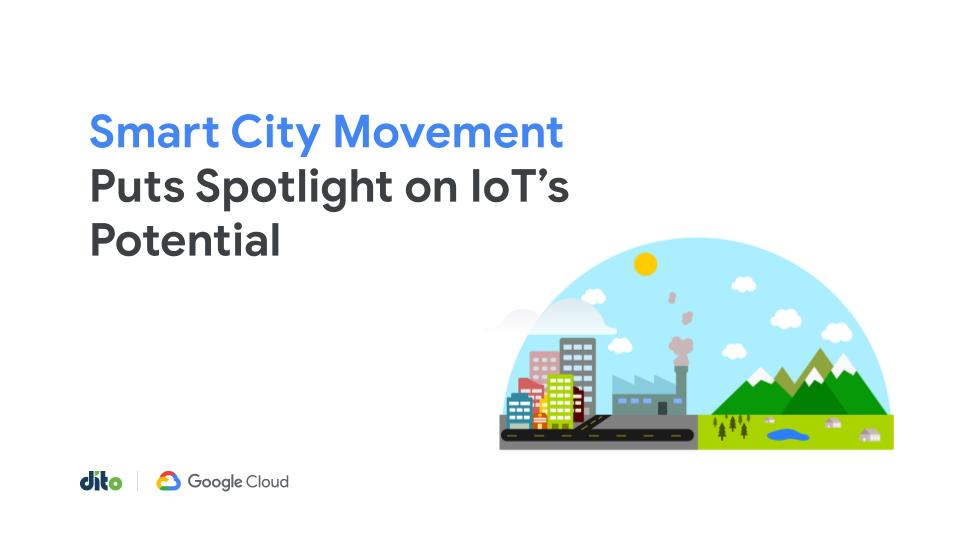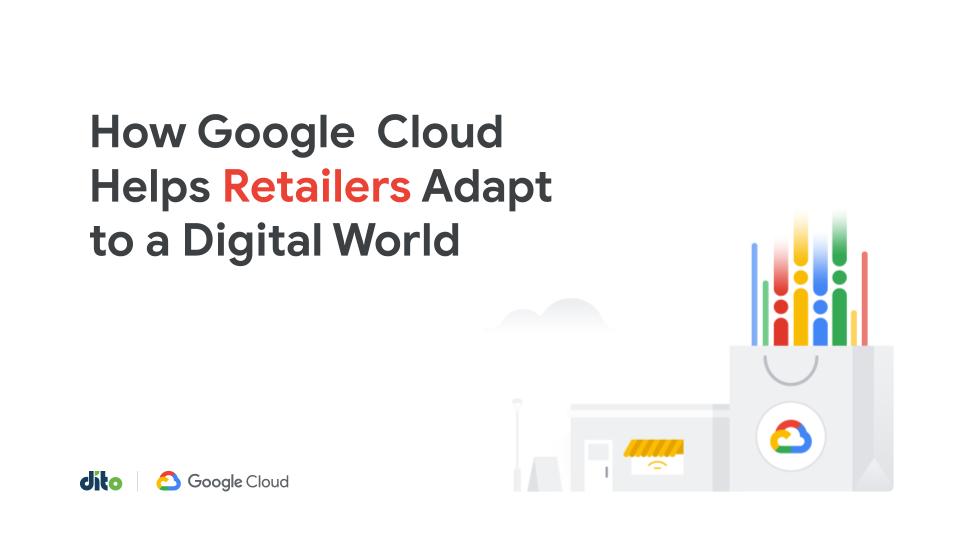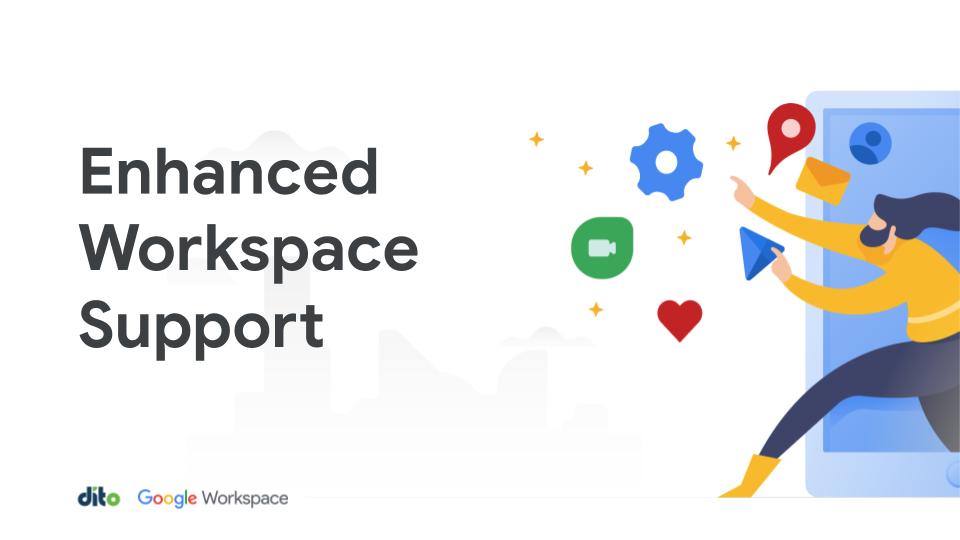Google is disrupting the cloud space with its tightly integrated service model. Because data sharing in Google’s cloud platform is so advanced, it can push big data boundaries that would prove much more complicated otherwise. This blend of simplicity and power comes together in BigQuery, a cloud-based solution that redefines what businesses can expect from data warehouse platforms.
What is Google BigQuery?
In a nutshell, BigQuery is a powerful analytics platform made accessible through a robust cloud delivery system. The cloud configuration makes BigQuery cost efficient by reducing overhead and relying on use-based pricing. The solution is made up of a few key components:
- An underlying SQL-compliant database for familiarity and ease of use, but also flexibility to work with other programming languages, including JavaScript.
- A data recovery feature in which the users can create backups with a full record of the past seven days, allowing teams to easily pull information or reports to get snapshots of their system at a given time in the past.
Collectively, these features make BigQuery a powerful data warehouse tool, but it also does something unique that sets it apart from a typical cloud big data platform: BigQuery can work with real-time data. This potential becomes clear when considering BigQuery within the larger Google Cloud Platform ecosystem.
Where does BigQuery fit in Google’s cloud?
The Google Cloud Platform features a variety of big data tools, providing a basis for a complete serverless analytics setup. All together, the platform handles end-to-end big data management and empowers businesses to take full advantage of analytics. BigQuery is predominantly a data warehousing tool to be used for large-scale big data projects. However, the solution’s place in the Google cloud allows it to integrate with a variety of Google cloud tools, establishing a variety of key capabilities along the way:
- A powerful visualization suite that enables users to work with Cloud Datalab and BigQuery to make data more digestible.
- An integration setup that allows for full compatibility with the apache Big Data platform using BigQuery alongside Cloud Dataproc and Cloud Dataflow.
- Cloud Machine Learning Edge
- A seamless ability to pull data from files in Cloud Bigtable, Cloud Storage or Google Drive to analyze information residing across a variety of systems.
- A business intelligence suite that works within Data Studio to empower users to create visualizations and reports easily, making data more actionable on the BigQuery dashboard.
With so many integrations available, all from cloud-based sources that are constantly active and updated, the BigQuery data warehouse can achieve data analysis in near real time. This represents a major step forward as data warehouse systems traditionally tend to take snapshots of data from a set period, not pull information from active sources.
“BigQuery can achieve data analysis in near real time.”
Considering the scope of BigQuery
Visual and image analyses are emerging as key demands for big data platforms today, especially in light of the rise of autonomous vehicles, robotics and the surrounding technologies that support them. BigQuery is proving a natural match for these types of use cases, and a project from New York City’s Metropolitan Museum of Art highlights the opportunity. The Met has uploaded its entire Creative Commons Zero into the Google Cloud Vision API, letting those images be used for visual analytics in the platform. The BigQuery deployment allows users to analyze metadata pertaining to works at the Met and use Data Studio to create visualizations. Furthermore, the Cloud Vision API can perform JSON processes to track what is in different images and create a robust catalog of the collection within a BigQuery Table.
BigQuery is transforming what a data warehouse can do, in part because it works so closely with the rest of the Google cloud. However, BigQuery can be used as a best-of-breed data warehousing system as well. In this instance, organizations would be able to leverage the advanced analytics capabilities offered within the platform without having to invest heavily in an associated Google Cloud Platform system.
Either way, BigQuery and similar analytics systems are most valuable when supported by a vast ecosystem that can send data and support the underlying processing capabilities. Don’t let the burdens of such a project overwhelm you. Dito can help you optimize your Google cloud migration strategies and identify the specific services that are a fit for your business when deploying BigQuery. Contact us today to learn more.









